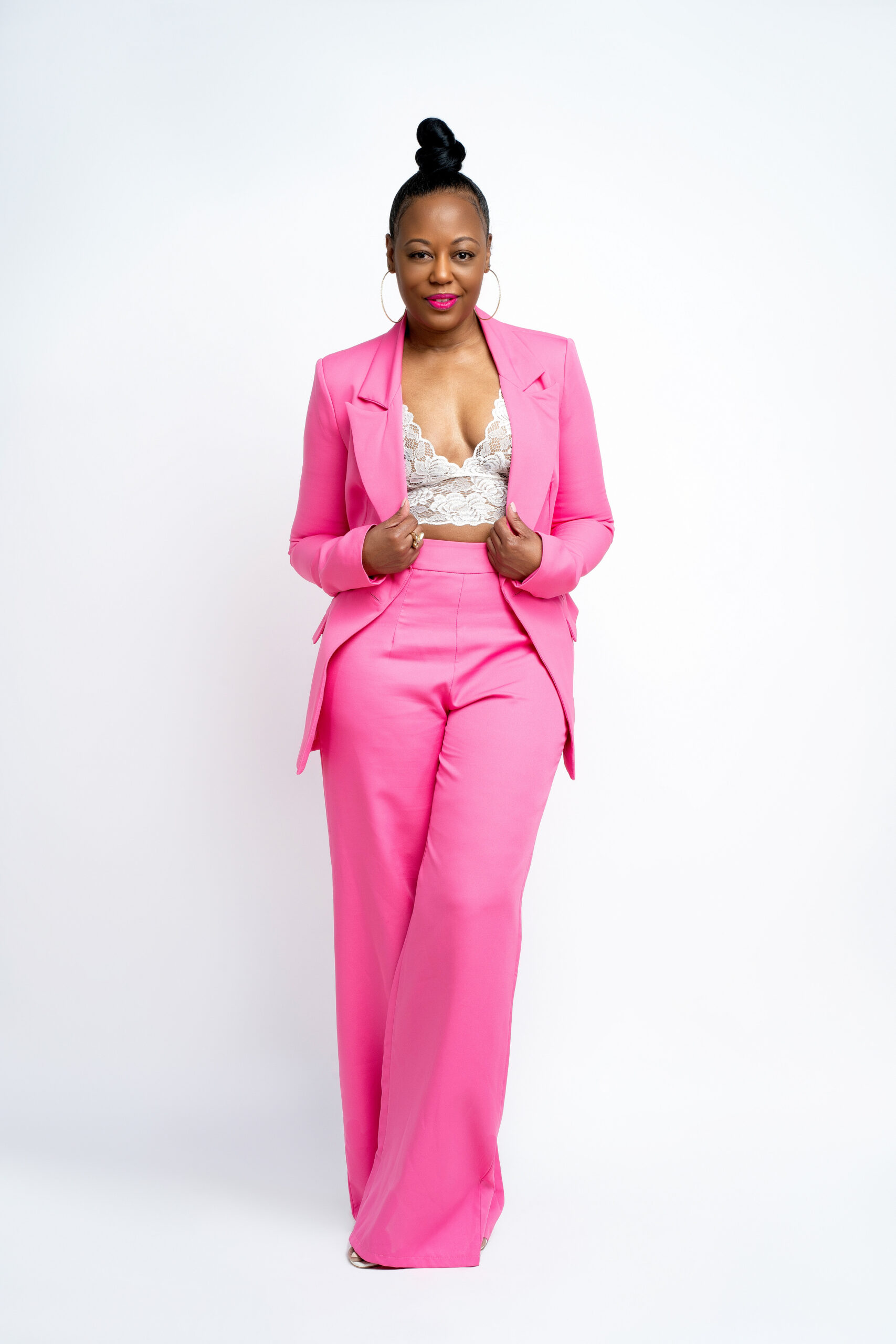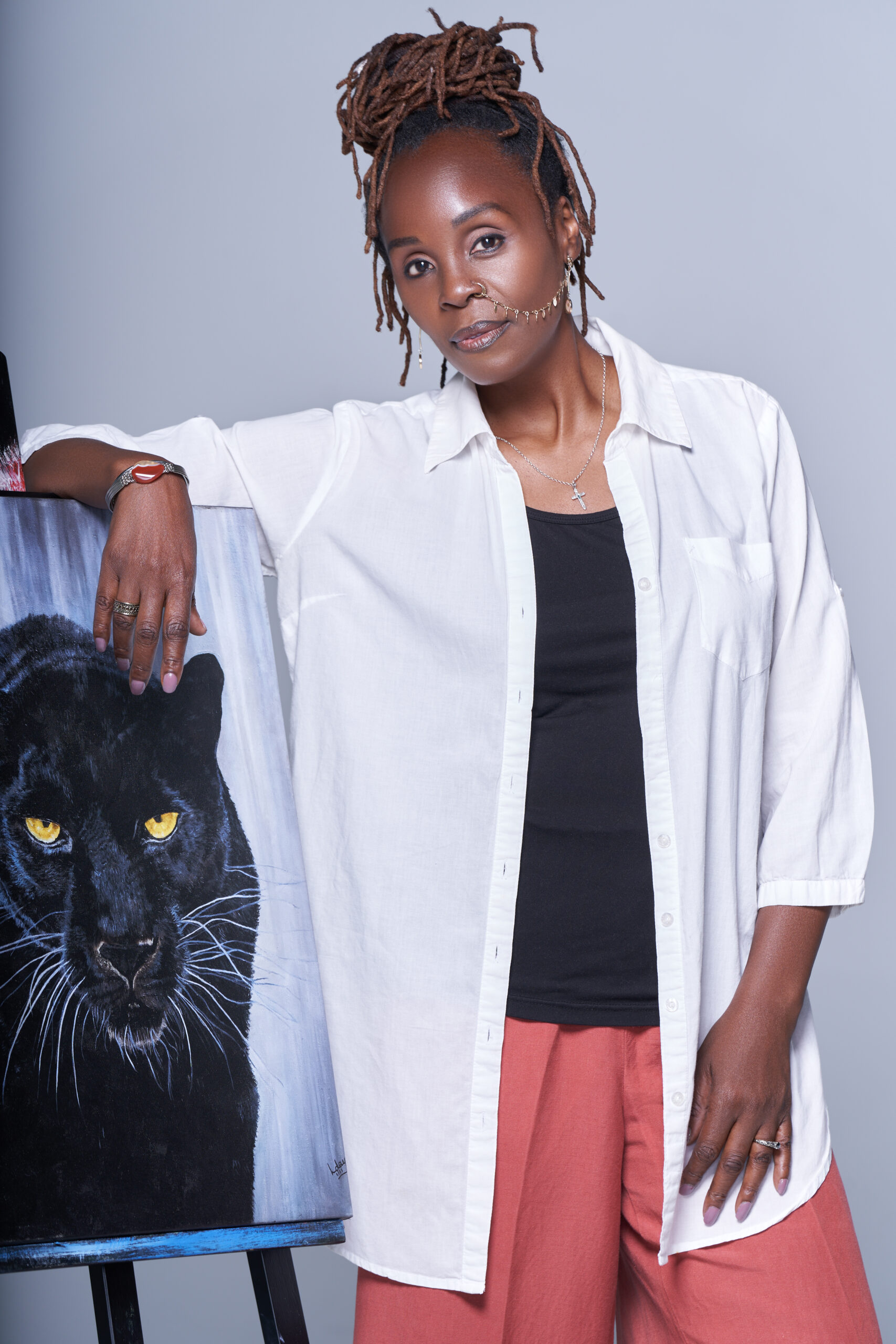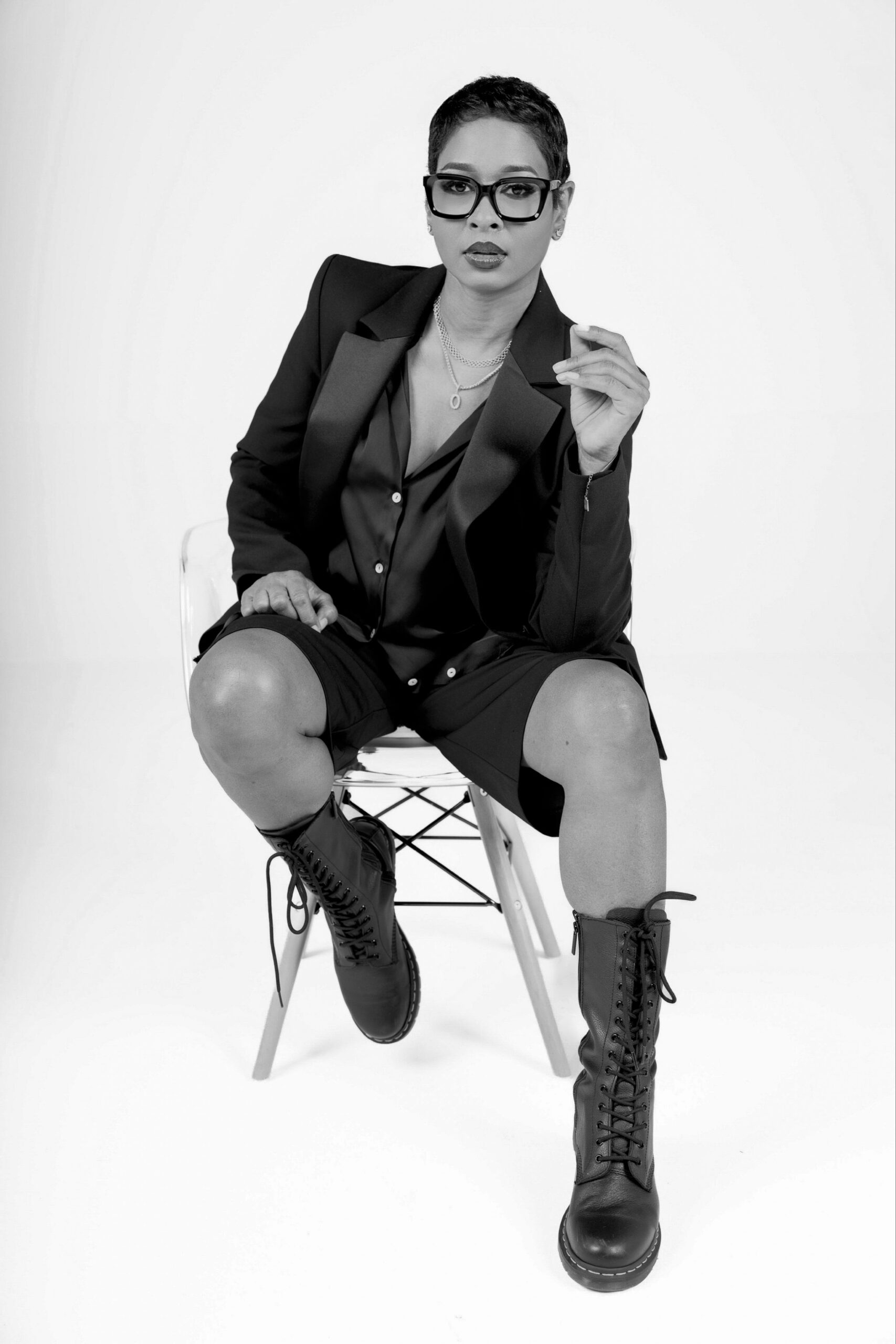
Pallette Perspectives by Lana Day
Distorted Reflections: Exploring Body Shape Dysmorphia in the Fine Arts Industry
In the seemingly glamorous world of fine arts, where creativity knows no bounds, there exists a less discussed but prevalent issue: body shape dysmorphia. While society often associates body image struggles with industries like fashion or entertainment, the fine arts realm is not immune to its effects. From painters to sculptors, dancers to actors, individuals within this industry often grapple with distorted perceptions of their own bodies, influenced by societal standards and the nature of their craft.
One could assume that in an industry where expression and individuality are celebrated, there would be less pressure to conform to conventional beauty standards. However, the reality can be quite different. Artists are often influenced by the classical representations of the human form, which historically adhere to specific proportions and ideals of beauty. This can create a dichotomy between the perceived “perfect” body and one’s own natural physique, leading to feelings of inadequacy and self-doubt.
For artists themselves, their work often involves scrutinizing the human body in intricate detail. Whether painting a portrait, sculpting a figure, or choreographing a dance, they are constantly evaluating proportions, lines, and movements. This intense focus can sometimes blur the lines between artistic appreciation and personal critique. Artists may find themselves overly critical of their own bodies, comparing them to the idealized forms they strive to create on canvas or stage.
Moreover, the fine arts industry, like many others, can be highly competitive. There is often pressure, to maintain a certain image, whether it’s for casting roles, securing gallery representation, or gaining recognition. This pressure can exacerbate existing body image issues or even lead to the development of dysmorphic tendencies.However, amidst these challenges, there are also stories of resilience and defiance. Many artists are actively working to challenge traditional beauty standards and celebrate diversity in all its forms. From body-positive art movements to inclusive casting practices, there is a growing recognition of the need for representation and acceptance within the industry.
Addressing body shape dysmorphia within the fine arts industry requires a multifaceted approach. It involves fostering a culture of acceptance and diversity, promoting mental health awareness and support, and encouraging artists to embrace their uniqueness. By acknowledging and confronting these issues, we can strive to create a more inclusive and supportive environment for all individuals within the fine arts community.
In conclusion, body shape dysmorphia is a complex issue that affects individuals across various industries, including the fine arts. By shedding light on this topic and fostering open dialogue, we can work towards creating a more inclusive and supportive environment for artists of all shapes and sizes. After all, true artistry lies not in conforming to narrow standards, but in embracing the beauty of diversity.



